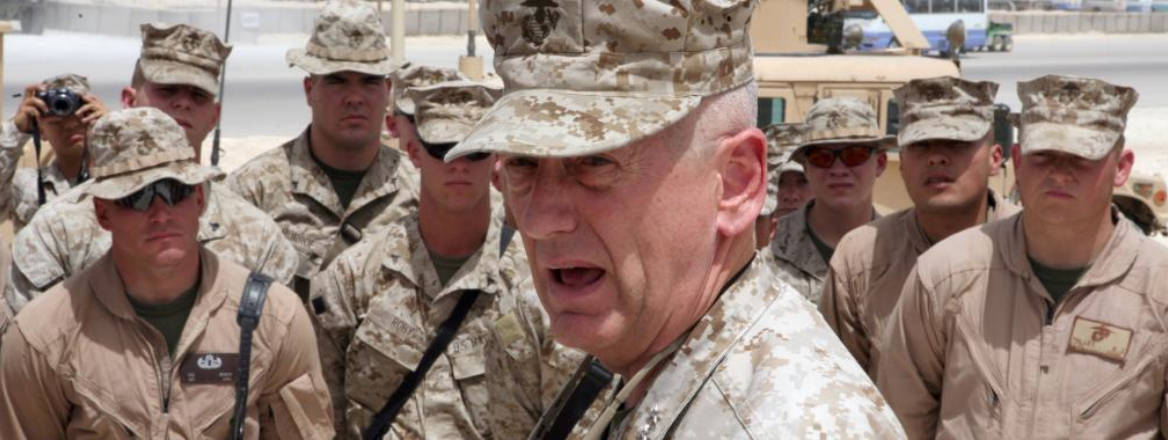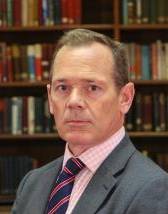Why is Trump Favouring Military Leadership Skills for his Team?
US President-elect Donald Trump’s preference for retired and serving generals for leading positions in his administration is controversial and has stimulated a renewed debate about the nature of the civil–military relationship.
It is striking that US President-elect Donald Trump has selected US Marine General James Mattis to be Secretary of Defence and former Lieutenant General Michael Flynn as National Security Advisor. It also appears that General Stanley McChrystal and General David Patraeus have been considered for positions within Trump’s new administration, and General John Kelly has been chosen to run Homeland Security.
And it does not end there. General Jack Keane apparently turned down an offer from Vice President-elect Mike Pence to run the Pentagon. Admiral Mike Rogers, currently an active duty officer and Head of the NSA and US Cyber Command, is possibly being considered for the role of Director of National Intelligence.
This is indeed a full list of contemporary military commanders with combat experience, and a real reversal in a traditional pattern established over the past decades, where nominees for key appointments came more from business, think tanks and the civil service.
The sheer number of military personnel being discussed has concerned former Chairman of the Joint Chiefs of Staff, Admiral Mike Mullen, enough to warn in a recent media interview of a ‘militarisation of the government’.
But there is another way of viewing this.
The Trump’s business ethos has until now been focused on delivery rather than vision. As a number of commentators have made clear since Trump’s surprising electoral victory, he regards himself as an extremely practical negotiator who makes decisions primarily based on his instinct. However, he can be influenced by advice from those he trusts.
Several analyses of the president-elect have commented on his authoritarian style in business. And while there are differing views on the nature of that style, he is certainly familiar with and promotes hierarchical structures inside his teams.
People who operate in this environment are hard to find these days; the fashion for flatter, leaner and more collaborative leaders provides Trump with few like-minded people capable of dealing with his style, but also in making that work within Washington’s huge bureaucracy.
Nominees for his team must be capable of performing (and delivering) with both styles – a hierarchical structure, and a more liberally minded organisation below. Military officers are well suited to these roles.
It should be of little surprise, therefore, that such skills are perhaps more highly prized than business acumen within the Trump transition team. It could be argued that the future president considers his own knowledge of business to be sufficient for all his leadership team, and that balance needs to come from those capable of delivering his vision.
That vision for the government includes wholesale transformative change. There are few political, academic or business leaders today anywhere who can truly claim to have managed that.
Yet the military personnel tapped for potential positions by the future White House team do sit firmly within that group.
Mattis, Petraeus, Keane, Kelly and McChrystal radically altered the way that the US dealt with challenges in Iraq and Afghanistan, turning failing campaigns into a semblance of victory. And – along the way – they transformed one of the slowest and most cumbersome organisations in the world: the US military machine.
These leaders delivered radical change at every level, from overarching national strategy to tactical twists. It is this type of leader, capable of making decisions and implementing unpleasant policies in high-pressure environments, that marks out generals and admirals as extremely useful government partners.
Of course, it also helps that they mark a complete break with the traditional ways of doing business in Washington, another of Trump’s electoral promises. The break with the liberal elite and ponderous decision-making processes in the US capital is going to see a distinct change. On 20 January 2017, the approach of Barack Obama – slow, deliberate, consultative, comprehensive and considered – will be replaced by a very different dynamic.
The new top team will have to deal with policies and queries that change on a minute-to-minute basis, not just at formalised meetings. Critically, they will also have to deliver on presidential promises.
Arguably, Trump is lining up just about the only people who might stand a chance of succeeding against such pressures.
WRITTEN BY
Professor Peter Roberts
RUSI Senior Associate Fellow, Military Sciences


